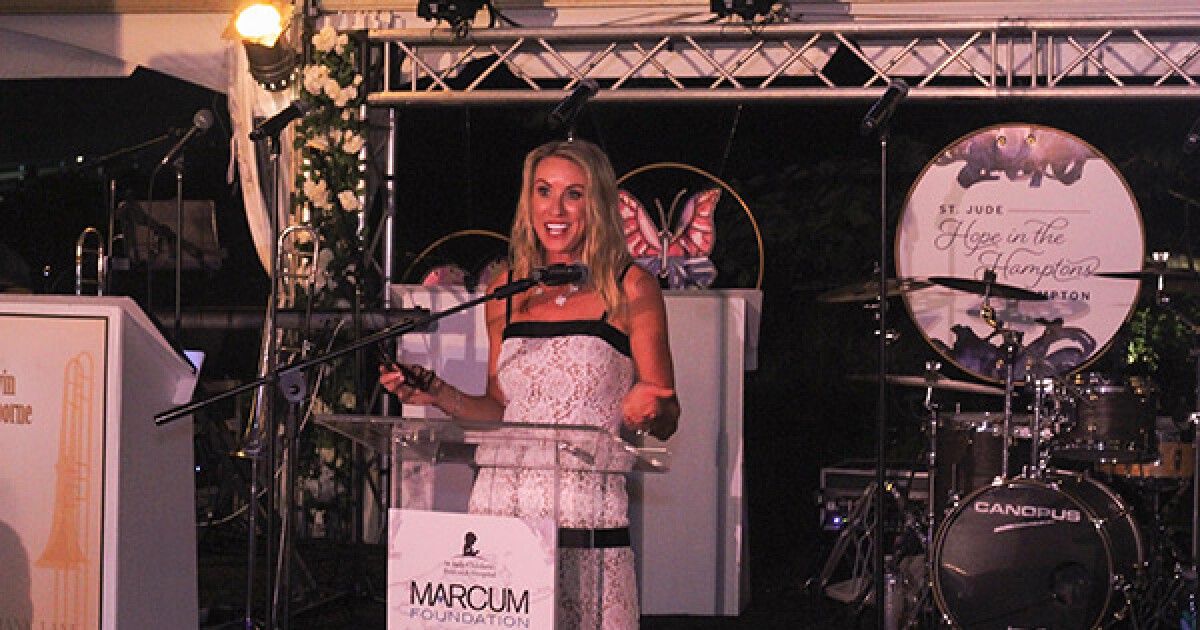
As nearly a thousand of our employees around the globe down tools this week for one of our twice-yearly hackathons, I’ve been reflecting on the purpose and benefits of this practice.
Hackathons have been a fixture in the tech world for decades. But today the concept is widely utilised in fields as diverse as businesses, healthcare, education and social impact to solve some of the world’s most pressing issues.
Hackathons – which signifies the act to hack by applying one’s technical and creative skills in bursts of continuous and intensive efforts as one would in a marathon – are popular for a number of reasons.
The benefits of hackathons
Firstly, they’re a great and proven way to solve problems. According to Mckinsey, when done well a 24-hour hackathon can shave the time it takes to bring a new product to market by up to 50%. In some instances, hackathons have led to massive breakthroughs – the eureka moments – that only occur with the pressure of a dedicated code-a-thon. For Facebook, it was the breakthrough idea of today’s ubiquitous ‘like’ button.
They also create moments for genuine connection and collaboration. Microsoft CEO Satya Nadella has accredited internal hackathons as a core driver of culture since taking over the business in 2014. Hackathons that encourage participation across all levels of the organisation to tackle a collective challenge can inspire creative thinking and collaboration. Employees who participate in hackathons also report positive effects on their career paths, networks and skills development.
But, perhaps most importantly, they generate lots and lots of ideas. While some of these ideas may not be immediately feasible or tangible to the business, they can help to inspire future projects or directions for the company. In many hackathons, there is an acceptance of failure as a natural part of the creative process. Participants are encouraged to take risks and explore the bold ideas that they might hesitate to do in more formal work settings.
Top hacks for hackathons
We’ve run regular Hackathons at Xero since we were founded in 2006. They’re one of the ways that we look to solve problems for not just our customers and partners, but internally, too. At Xero, hackathons are not restricted to just our product and technology teams, but open to everyone across the business. In fact, last year, one of the winning ideas was from our People Experience team, who created a hack for building connection and driving improvement across our people processes.
Twice a year, we invite our teams to take part in a hackathon week. The challenge is simple: first, find a small, specific problem. It could be a niggling issue that our customers face or an internal system within our company that’s causing a pain point. Then, teams work together to come up with an innovative solution that can be built and released to customers in a short period of time.
We encourage Xero employees participating in hackathons to think outside their comfort zone and area of expertise. We give them the whole week to experiment with new skills and technologies, collaborate with others across regions and functions, and of course have lots of fun! The most recent Hackathon late last year saw over 650 employees participate. We were able to make over a dozen improvements to existing products, and teams unearthed new features that have a direct impact on our customers’ productivity.
Each company will have its own formula for hackathons depending on its goals and objectives, but there are a few characteristics that can help to make hackathons a success, which we’ve seen over the years at Xero.
A clearly defined problem
A clearly defined problem has three elements:
- An understanding of your customer (either internal or external), and what their needs, desires and challenges are
- It must be aligned to the company strategy
- There needs to be flexibility for moonshots or left of field ideas
Remember, a hackathon is not a brainstorm – it’s a process designed to generate novel solutions for real-world problems that the company is trying to solve for its customers.
Who should be involved?
Some companies, such as Xero, open up hackathons to multi-disciplinary teams, with individuals from diverse backgrounds and areas of expertise. Some hackathons may strictly involve participation from developers or engineers, for more technical goals. Others like the United States Air Force may open up hackathons for community participation.
Internally, leveraging input from customer facing teams, such as customer experience and go-to-market teams provides critical insight into the issues that customers and partners face. Employees from teams such as Finance, Legal, People Experience and Security can all add expertise to ensure a well-rounded approach to a hack. And, it’s not just internal teams that can add value to hackathons. Making the most of key external partners to help hackathon teams get the best out of the tools available to them can play a huge part in a team’s success. Partners providing key platform services can provide essential training and support.
The right tools are vital
Teams need to have the freedom to experiment as they iterate on their ideas throughout the week. Having access to technical sandboxes that allow for low risk experimentation, especially when it comes to newer technologies like GenAI, are really important.
Celebrate and follow up
It’s important to acknowledge the efforts and contributions of all participants, as well as share the actions you plan to take to implement the successful ideas. Seek feedback and suggestions on how to improve future hackathons, and capture all ideas, no matter how big or small.
Hackathons are here to stay
Hackathons have expanded far beyond their tech origins and are here to stay. They are a proven way to break down organisational silos, challenge ways of working, flex the creative muscle of the workforce, and solve customer challenges, while also empowering individuals and small teams to choose what they want to hack, strengthening a sense of ownership and commitment.
They can also be a nice change of pace for teams that are constantly delivery or deadline focused. Being able to work on a passion project a couple of times a year has really wide-reaching benefits, allowing our people to stretch their figurative legs a little, and fill their cup with some variety, teamwork, and a change of focus.




